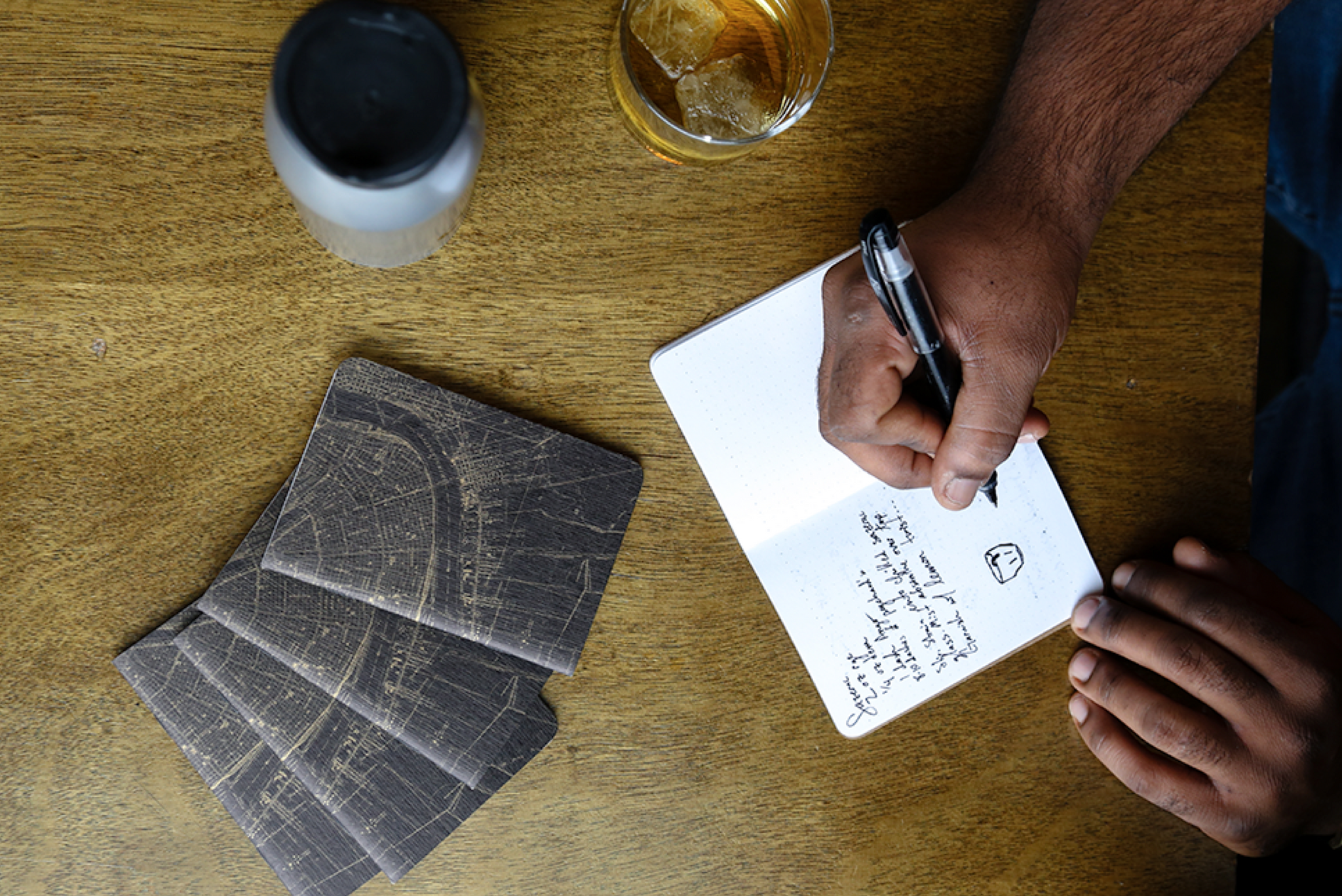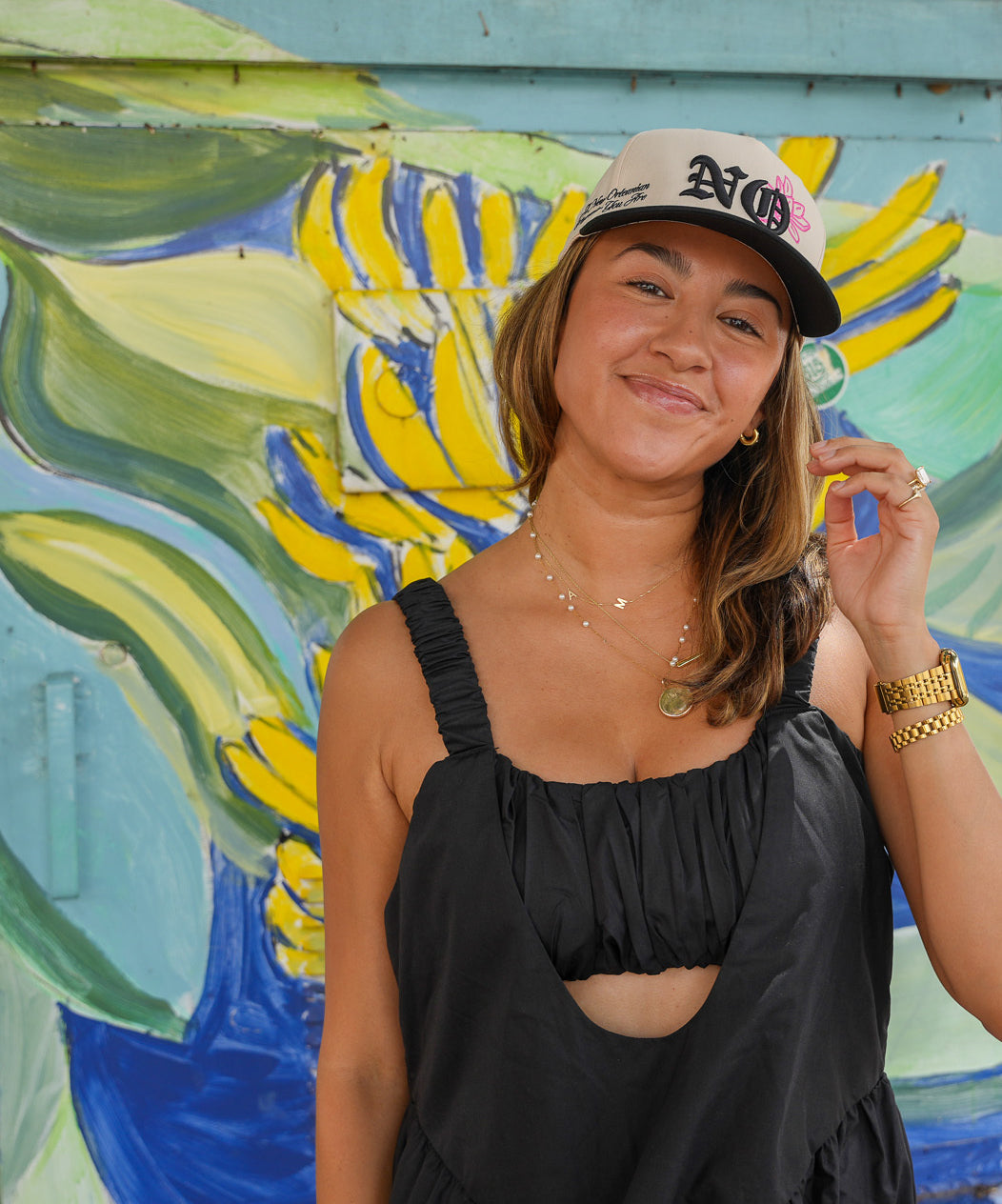Mardi Gras Indians, also known as Black Indians, are a unique cultural tradition in New Orleans, Louisiana. They are African American men who dress in elaborate costumes, heavily adorned with beads, feathers, and colorful fabrics, and participate in street parades on Mardi Gras day and other occasions. The origins of this tradition can be traced back to the late 19th century when African Americans in New Orleans were not allowed to participate in the mainstream Mardi Gras celebrations.
The first Mardi Gras Indian parade is believed to have taken place in 1885, organized by a group of African American men known as the "Creole Wild West". These men were inspired by the Native American tribes they had seen at the World's Fair in New Orleans and decided to create their own costumes to wear in a parade on Mardi Gras day. The costumes were heavily influenced by Native American regalia, with colorful beadwork, feathered headdresses, and intricate designs. The group also incorporated African and Caribbean influences into their costumes, such as cowrie shells and colorful fabrics.
The Mardi Gras Indian tradition quickly spread throughout the African American community in New Orleans, and by the early 20th century, there were several different "tribes" of Mardi Gras Indians, each with their own distinct costumes and traditions. The tribes were made up of men from different neighborhoods in New Orleans, and each tribe had its own "Big Chief" who was responsible for creating the costumes and leading the parade.
The Mardi Gras Indian tradition is steeped in symbolism and ritual. The costumes are adorned with symbols and motifs that have deep cultural and historical significance. For example, the "feathers" on the headdresses represent the Native American tribes that the Mardi Gras Indians pay homage to, while the "beads" represent the African heritage of the men who wear them. The costumes also feature intricate designs and patterns that are unique to each tribe.
The Mardi Gras Indian parades are also steeped in ritual and tradition. The parades typically begin with a "second line" led by the Big Chief and his tribe. They then proceed to "meet" other tribes at designated locations, where they engage in a traditional "call and response" chant, comparing and contrasting their suits, before continuing on their way. The parades are a colorful and lively spectacle, with men dancing and singing as they make their way through the streets.
Over the years, the Mardi Gras Indian tradition has faced challenges. In the mid-20th century, the parades were often met with violence and hostility from the police and white supremacist groups. This led to a decline in the number of parades and the number of tribes participating in them. However, in recent years, the tradition has seen a resurgence, with more and more young men taking up the mantle of the Mardi Gras Indians.
Today, the Mardi Gras Indian tradition is an important part of the cultural fabric of New Orleans. The parades and costumes are a celebration of the city's African American heritage and a symbol of the resilience and perseverance of the community. The tradition continues to evolve and adapt, with new tribes forming and new designs and patterns being added to the costumes. It's a living tradition that carries on the spirit of the city and its people.
In conclusion, Mardi Gras Indians are a unique and important cultural tradition in New Orleans. It's a celebration of African American heritage and resilience, with a deep symbolism and ritual, that continues to evolve and adapt over the years.
The Index
Mardi Gras Indians
Reading next

Here we share things we find interesting about New Orleans and the Gulf South, organizations and people that deserve more attention and answer some questions about the area.

Owned By Locals
Dirty Coast was founded in 2005.
Our Story.

Free & Easy Returns
If the shirt fits, wear it. If not, we got you covered. Happy Returns.

Our Lifetime Discount
The Lagniappe Coin is a perk for life.
Learn More.

Work With Us
We're always looking for local partners, designers, and artists to collaborate with. Reach Out.


Leave a comment
All comments are moderated before being published.
This site is protected by hCaptcha and the hCaptcha Privacy Policy and Terms of Service apply.